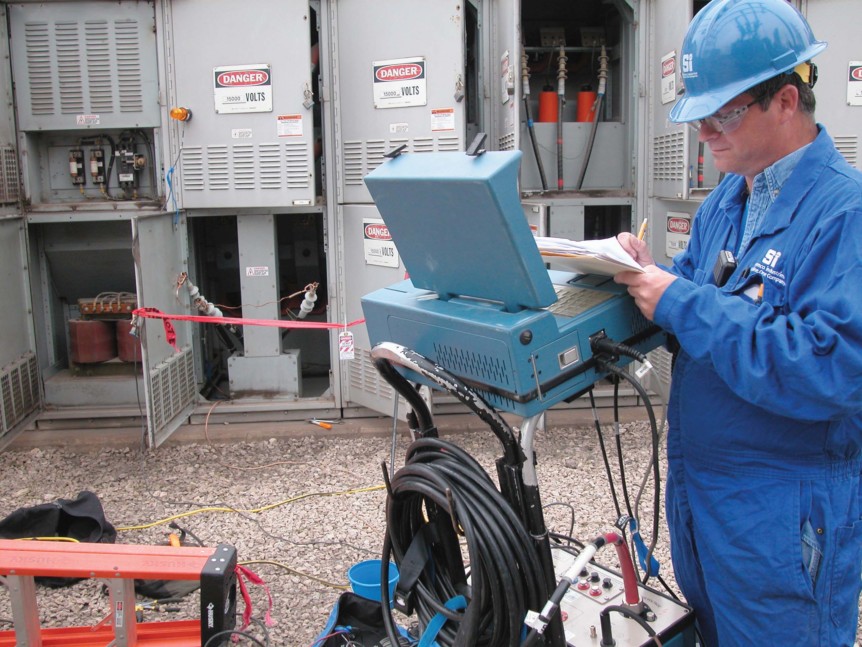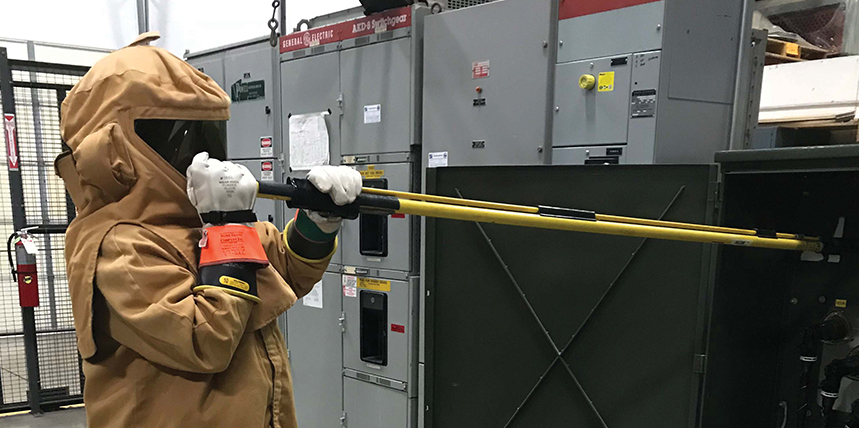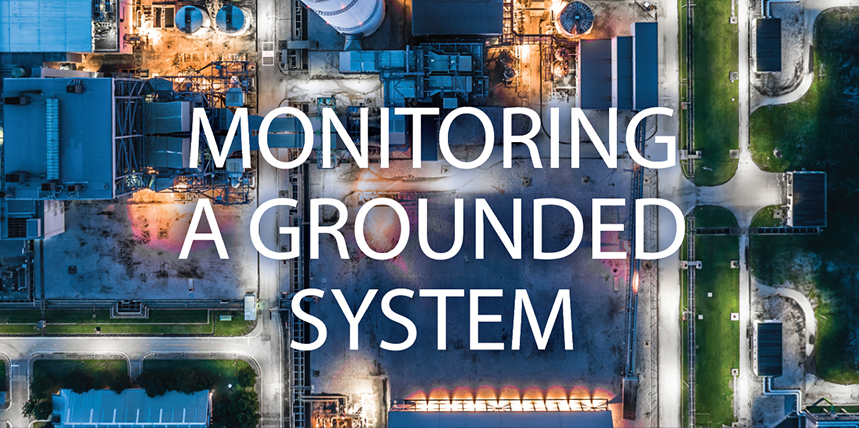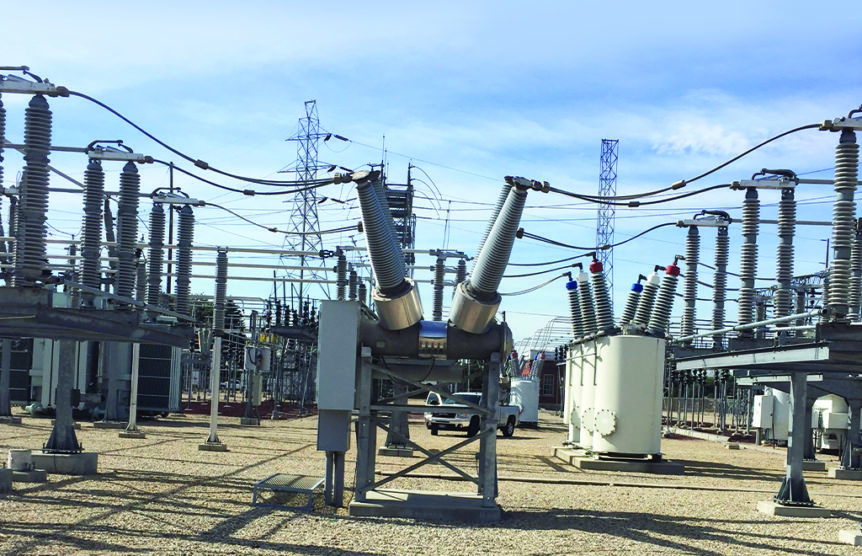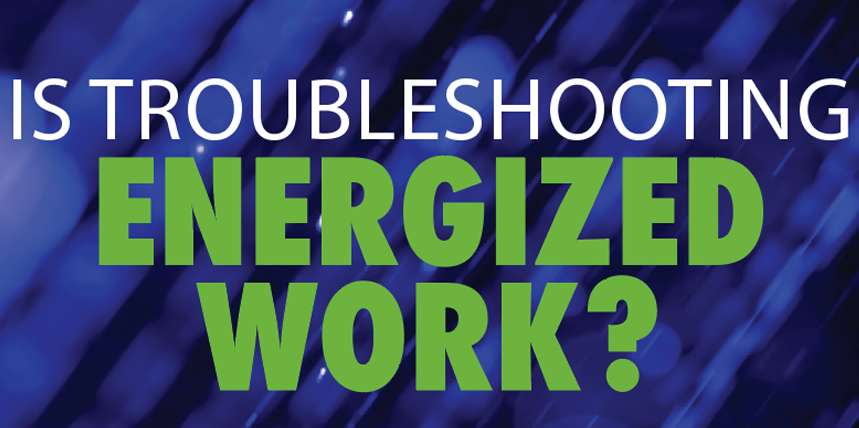I was awakened by a phone call at 3:30AM on a recent Saturday morning and somehow cleared my voice well enough for the customer to understand we would mobilize a technician ASAP to troubleshoot flooding at one of his campus buildings. By 4:15AM, our technician was on site with campus electricians discussing a situation involving the physical education building at …
Archiving Protective Relay Settings
Electric utilities have vast numbers of protective relays in their fleets, including generation, transmission, and distribution systems. It is very important to maintain an accurate database that stores the actual in-service settings for each and every relay. Off-the-shelf software already exists for storing and keeping track of all relay settings (Figure 1). It is vital to download the relay settings …
The Key to Understanding NFPA 70E
The 2021 edition of the NFPA 70E is almost upon us. In June 2020, it should be approved at the technical meeting during the NFPA Conference and Expo, and the Standards Council will issue the standard soon thereafter, likely in August 2020. A pdf version of the standard will likely be released in September, with a printed copy available in …
Fight COVID-19 with PPE
It was great seeing everyone at PowerTest 2020 in Chicago! On behalf of the NETA Board of Directors, we thank our sponsors, Corporate Alliance Partners, and trade show vendors, and applaud the hard work and dedication of the NETA Staff who help make PowerTest successful. In this NETA World, we look at NFPA 70E‐2018 requirements for labeling electrical equipment for …
Monitoring a Grounded System
Electrical faults cause enormous damage due to fires and loss of equipment. But of far greater importance is the danger to human life through electrocution. Ground faults in particular pose the risk of death because a human is generally at ground potential, thereby providing an alternate current path. It takes only about 5 mA to cause a shock, and as …
Troubleshooting
This issue of NETA World covers troubleshooting. A big part of that is being able to interpret a schematic, and some of the most difficult are those for circuit breakers (unless you work in the circuit breaker shop, I suppose). Give these questions a try. Here’s a big call-out to retired Instructor Craig Nelson, who got tired of my hand …
Post Time – A Troubleshooting Adventure
As I drove toward the office one morning, it occurred to me that we were due for an emergency call. I was about to text a colleague (hands-free voice recognition) when the phone rang. Soon I rerouted the navigation system and I was off to the races! Along the way, I notified the office and called a technician to assist …
Aligning CT Polarity for Multi-Current Input Differential Relays
Differential relays operate on three or more sets of three-phase current inputs. These relays can be older electromechanical relays with current transformers (CTs) connected in parallel to the three-phase current inputs or newer numerical relays that have more than two sets of three-phase current inputs. Note that it is poor practice to connect CTs in parallel to a single three-phase …
Welcome To POWERTEST 2020
As we leave winter and advance into spring, our industry is preparing for the spring outage season. This time of year, the return of daylight leads to longer work days and more deadlines to meet the expectations of our customers. Be sure to follow the safety policies of your company as well as those required by the facility where the …
Is Troubleshooting Energized Work?
This issue’s theme brings up a question frequently asked by NETA technicians: “When does troubleshooting end and when does repair begin?” This question is often paired with “What does 70E say about troubleshooting and repair?” We hope to make things clear for everyone in the field. To begin, look at the definition of “working on” (energized electrical conductors and circuit …


